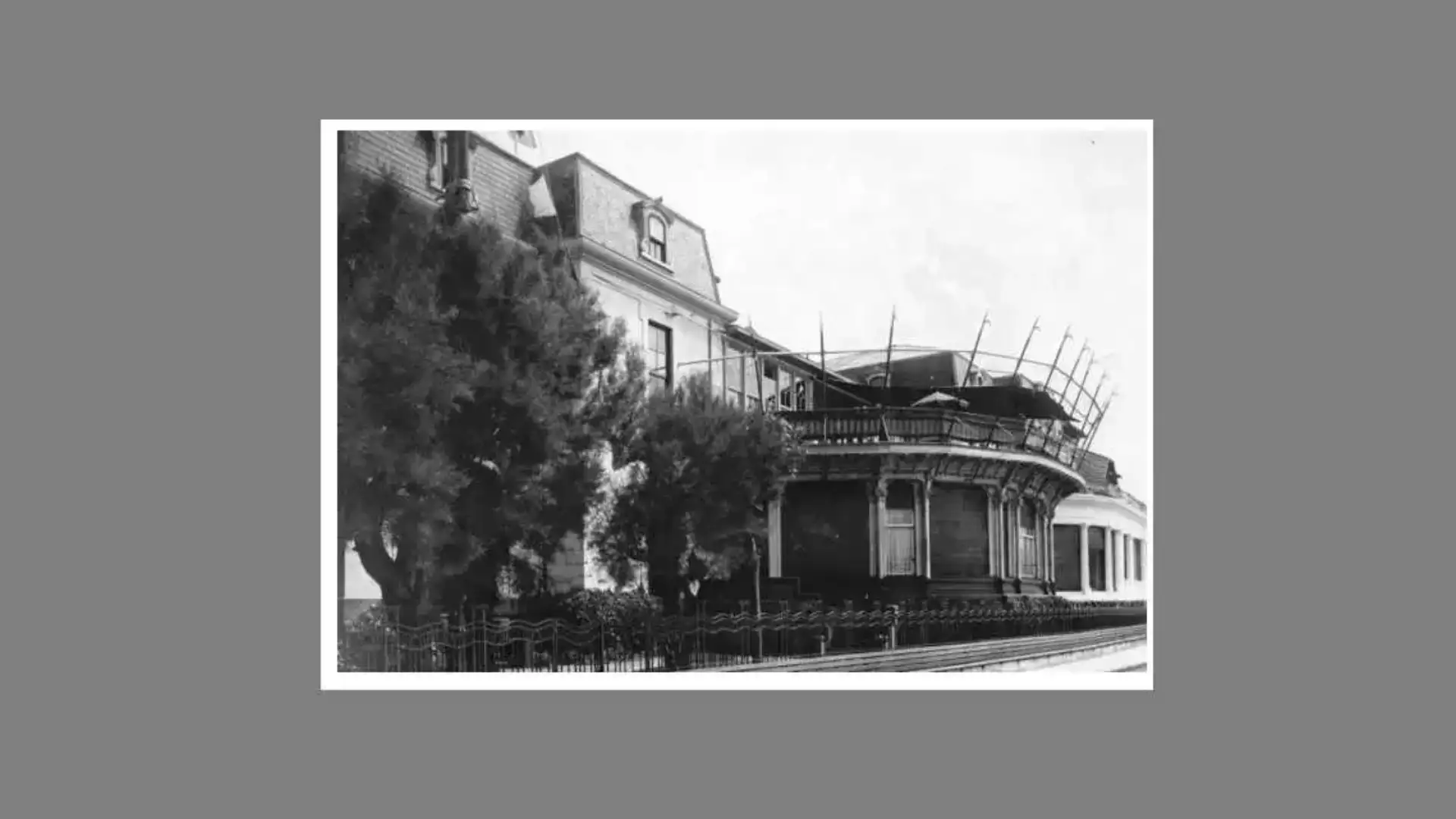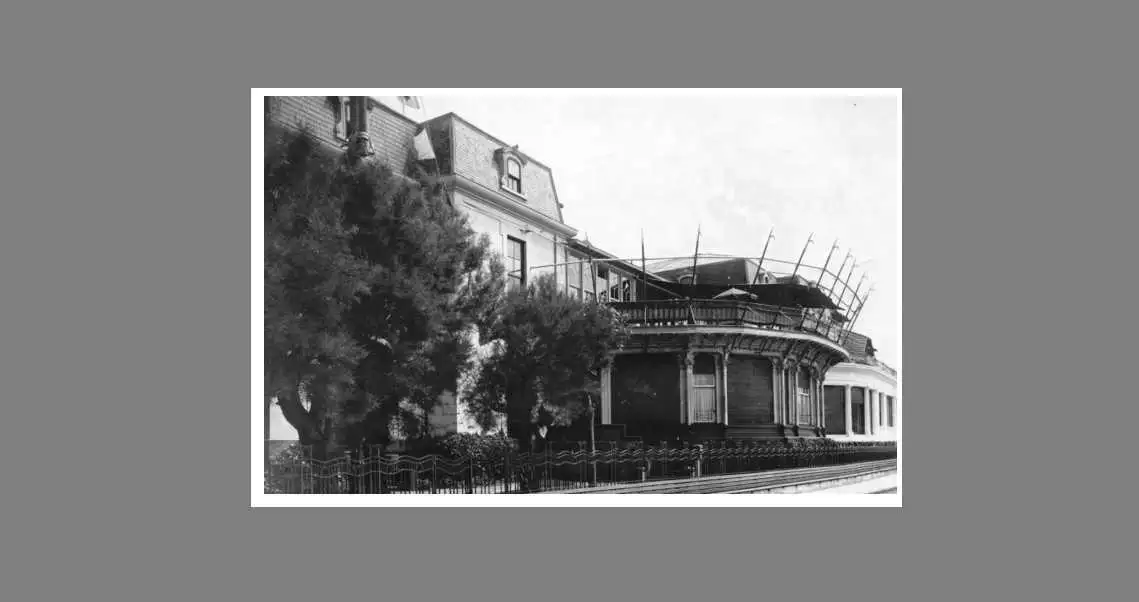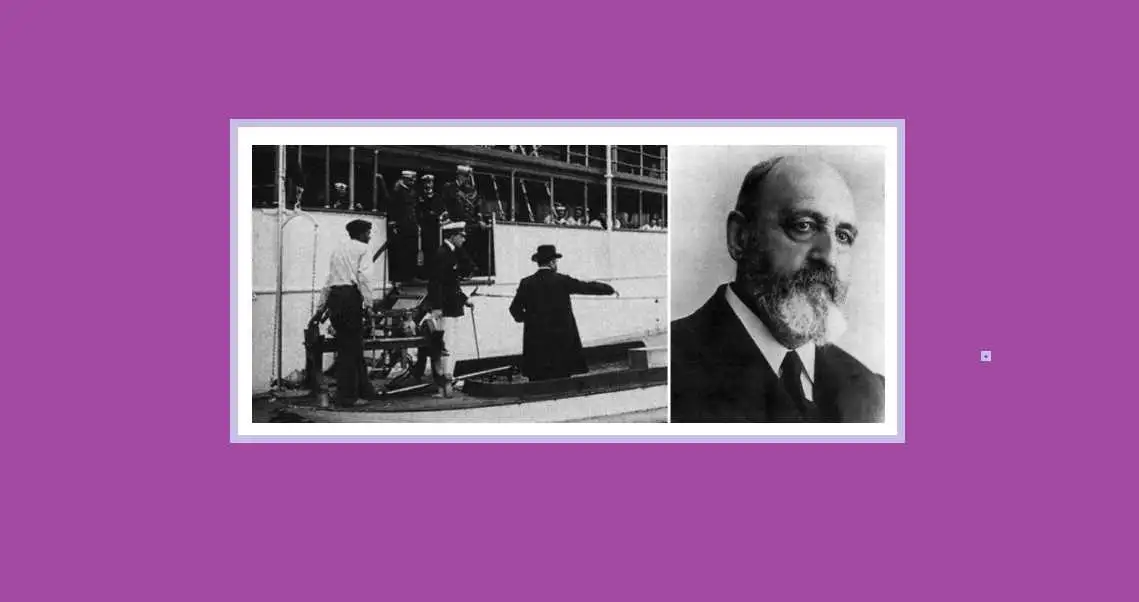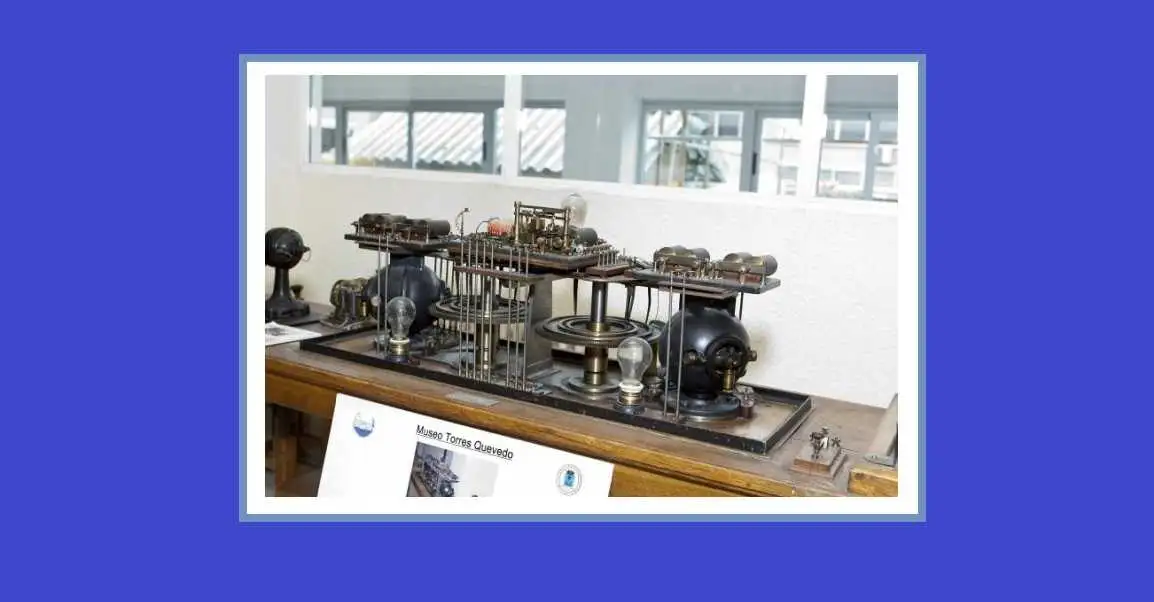
1905 Abra Maritime: test of the first wireless remote control
1905 Abra Maritime: test of the first wireless remote control

From the terrace of the Maritimo del Abra, Leonardo Torres Quevedo showed in public his Telekino on November 7, 1905
Leonardo Torres Quevedo (Cantabria, 1852-1936), on November 7, 1905, from the terrace of the Club Marítimo del Abra de las Arenas, in the municipality of Getxo, made its Telekino run... the precursor of remote control, by driving a boat in the Dársena del Abra. The patent of the Spanish engineer, great and recognized inventor had made the patent of the same, and this is what is in the Register orn telegraphic system with or without cables, the receiver of which activates some type of mechanism. It was the first public demonstration of his invention, and precisely in the Maritime. Torres who had been an expert engineer in railways, and who had the degree of Engineering of the way of Bilbao.

Presentation to Alfonso XIII of the Telekino in Bilbao... to the right Leonardo Torres Quevedo the so-called Spanish Leonardo
He had already presented his Telekino at the Paris Academy of Sciences, accompanied by a memory and a sperm demonstration. In the same year it was a patent in France, Spain, Britain and the United States. The artiluge consisted of an automate that executed orders transmitted by hertzian waves; it was the first radio-steering apparatus in the world. In 1906 the engineer in the presence of Alfonso XIII and in front of a large crowd, successfully demonstrated the invention in the Port of Bilbao, by guiding a boat from the shore. He would later try to apply the "telekino" to projectiles and torpedoes, but had to leave the project for lack of funding.

The Telekino is located in the Torres Quevedo Museum of the Polytechnic University of Madrid (Campus of Moncloa)
One of the many inventions of Leonardo Torres was the ferry. He prepared several projects in San Sebastián and Zaragoza, building the first ferry suitable for public transport. is famous his Spanish It was built between 1914 and 1916 for the Niagara Falls, with a length of 580 meters. It is also attributed to the construction of the first Spanish dirigible for the Army Aeroseration Service, and the dirigible Spain. He was appointed in 1920 academic and was granted the chair that Benito Pérez Galdós had occupied. He is appointed a member of the Paris Academy of Sciences and is elected President of the Spanish Mathematical Society. The Sorbonne awards him the award of Doctor Honoris Causa. He was also one of the drivers of Esperanto. He died in Madrid at the beginning of the Civil War.
© 2024 Nautica Digital Europe - www.nauticadigital.eu











